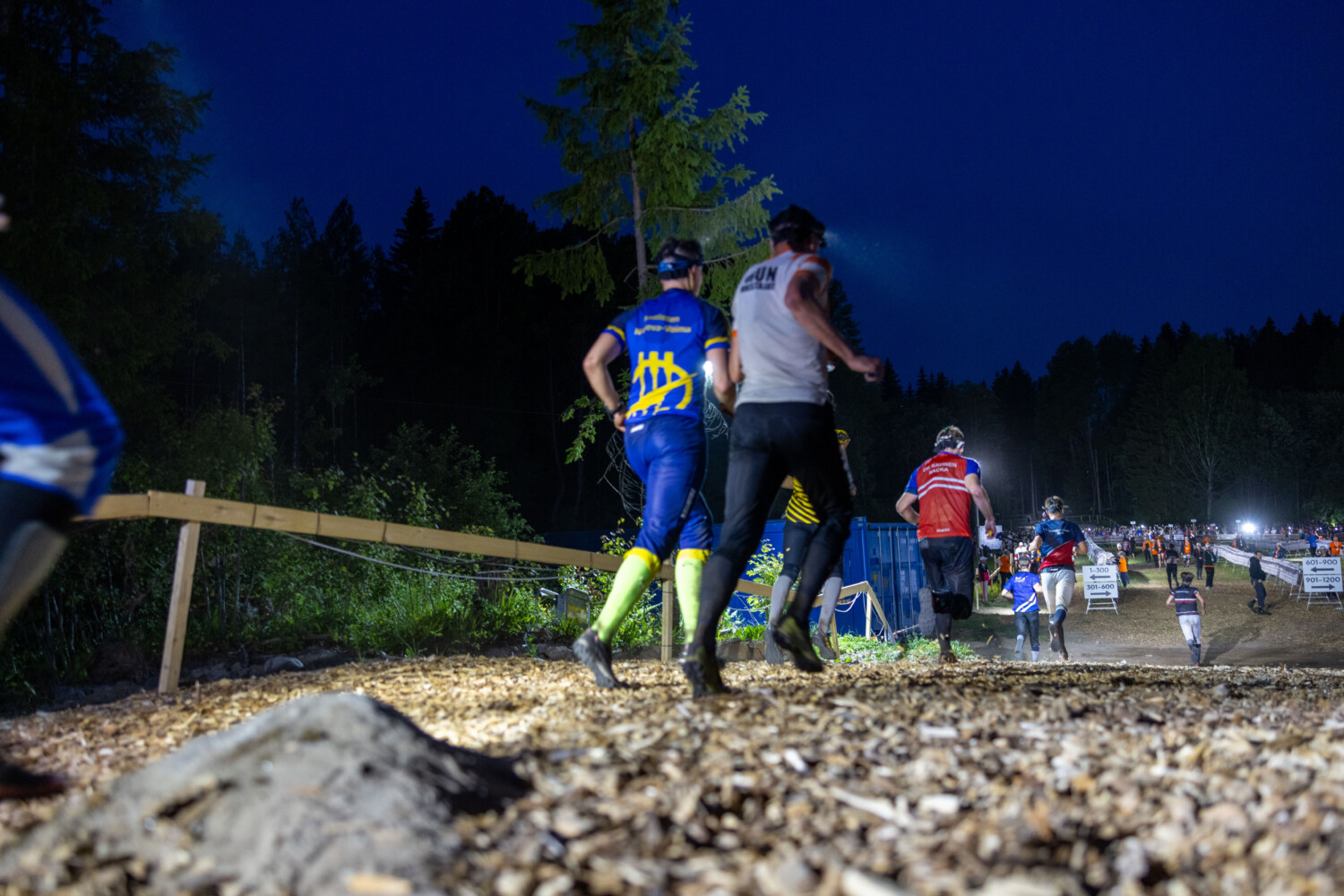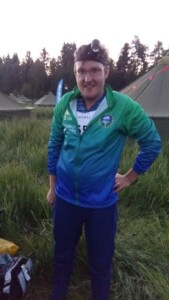
Lakia-Jukola’s course setter, Roope Näsi, wrote down a couple of years ago the type of courses he wants to create for the world’s largest orienteering relay.
– Challenging and interesting courses for both elite runners and fitness orienteers.
The task might sound impossible, but according to the course setter, it is not. When thousands of orienteers run in the world’s largest orienteering relay, the situation in the terrain varies depending on whether they are leading or somewhere further back.
The courses designed to be demanding are challenging for the leaders because no one may have necessarily traveled ahead, leaving tracks.
– For fitness orienteers, the fun part is that the course becomes easier when there are people in the terrain, creating paths. The farther back from the leaders, the easier it becomes. Of course, it’s essential to remember that it’s not just trail running, and finding a path doesn’t always lead directly to your control point, especially if it’s a scatter control point.
All skills into the courses
Roope Näsi says he has been accumulating skills as a course planner since 2006.
– I personally like it when the map is readable, that you have to be constantly engaged with the map, and there’s varied route choice. Straightforward running suits one person, while another progresses more smoothly with circular choices.
Additional experience in course planning comes from Juha Nivukoski, the head of the Mapping and Course Planning Committee, who has worked as a course planner in many prestigious competitions.
In Jukola Relay, the course lengths range from 9.3 kilometers to 15.8 kilometers, and in Venla Relay, they range from 6.8 kilometers to 9.0 kilometers. The course setter has estimated the exchange times for the leading teams with minute precision, using his mysterious calculations that consider the speeds of previous races and the amount of white, blue, and green on the map at optimal route choices. For example, the 9.5-kilometer course in Jukola Relay is estimated to take the leaders 51 minutes.
What would be the ideal time for a fitness orienteer who runs a 10-kilometer road race in an hour, meaning a six-minute kilometer pace?
Roope Näsi says he is such an orienteer himself. He would take 1 hour and 15-20 minutes for the 9.5-kilometer Jukola course.
– In evening orienteering events, the pace has often been slower, but in Jukola, the pace has typically been faster. When comparing the speeds of elite runners and fitness orienteers in recent Jukolas, the differences have been more significant when the courses have included many meters of ascent. Based on this, I estimate that the pace of fitness orienteers relative to the elite runners won’t drop as much as it did, for example, last year in Porvoo, as the ascents in Lakia-Jukola are moderate.
For a first-timer, the thought of navigating a course designed for the world’s best might be intimidating. The course setter believes that Jukola is the best place to try the same courses as the elites.
– There are drink stations, there are others around. There is always help, either from other orienteers or crews. Even my first participation in Jukola in 2005 was nerve-wracking, but we managed well. Since then, the combination of a summer night in the forest and Jukola has provided me with unforgettable orienteering experiences every year.
From the course setter’s perspective, things are in good shape at this stage of the year. The location of each control point has been considered, and the courses are ready.
Photo: Henrik Lund/Porvoo-Borgå Jukola

